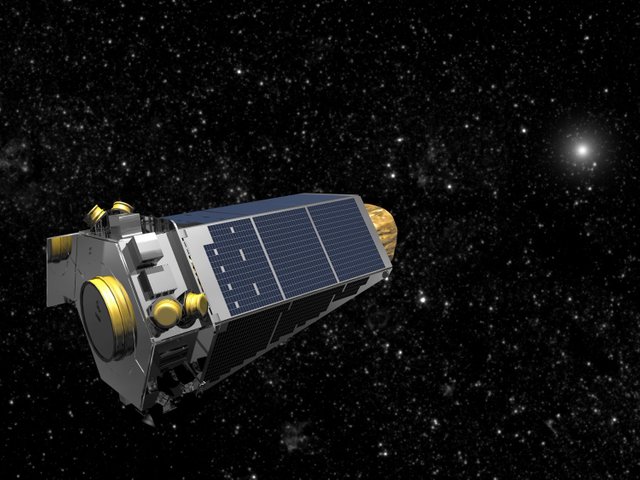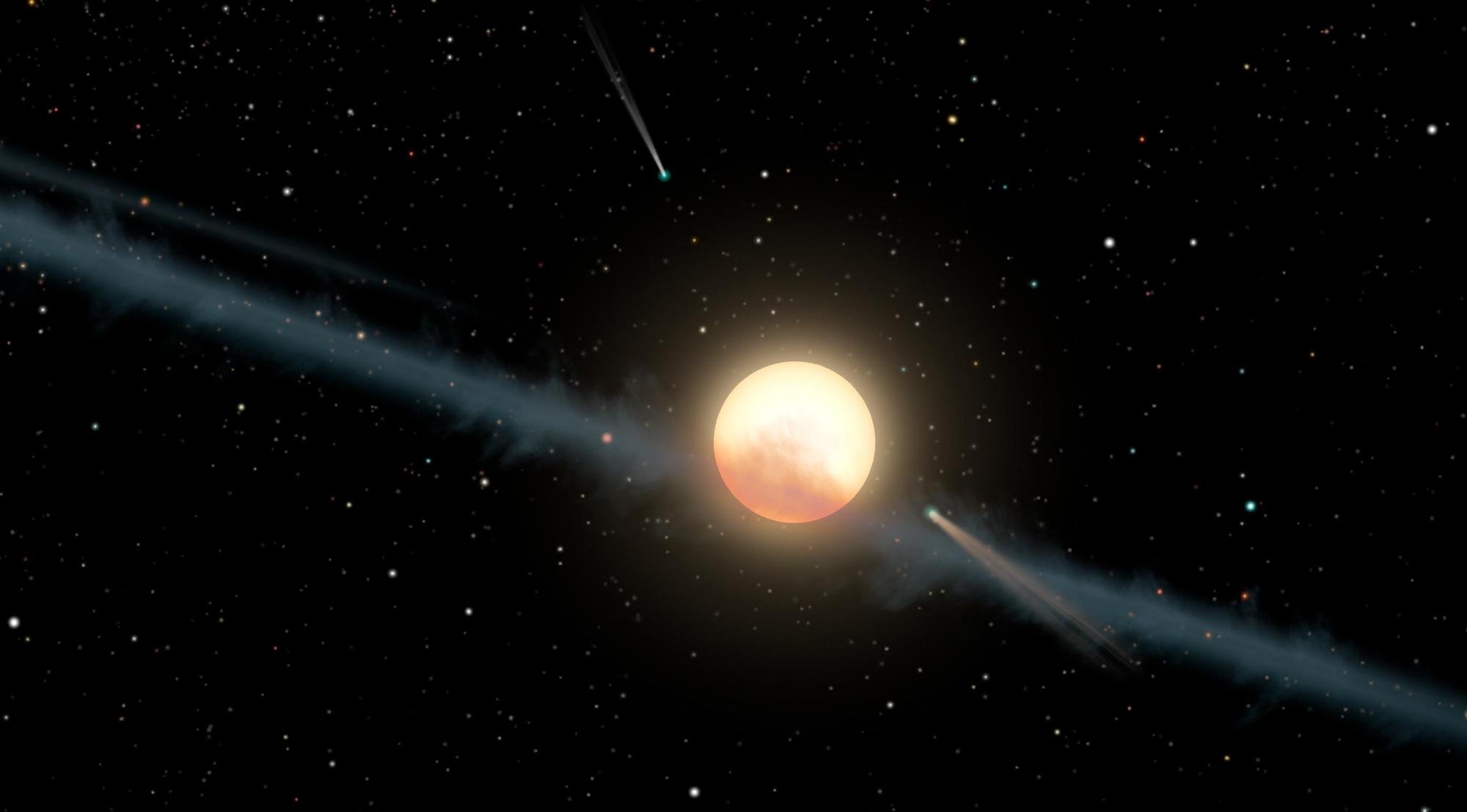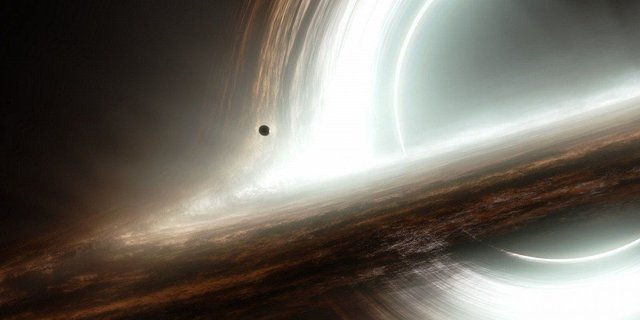Evidence of an 'alien megastructure' 1,300 light-years from Earth is rapidly turning to dust

fanciful illustration of an alien megastructure harnessing the energy of a star.
*In 2015, national researchers discovered odd diminishing and lighting up from a star called KIC 8462852, or Tabby's
Star.
*Space experts at the time said they couldn't discount outsider movement as a clarification.
*Be that as it may, a comprehensive new examination by more than 200 space experts for the most part exposes this
wild probability.
*The puzzle of Tabby's Star stays unsolved.
The puzzle of a star situated around 1,300 light-years from Earth is at long last coming into clearer center - and it's not outsiders.
An interesting lighting up and-diminishing conduct of Tabby's Star, or KIC 8462852, was first concentrated by proficient space experts in 2015. The specialists hadn't seen anything like it, and said they couldn't discount outsider movement as one remote yet conceivable reason, for example, a Dyson circle or " outsider megastructure " worked around the star to collect its vitality.
"It's been known as the most secretive star in the cosmic system," Jason Wright, a cosmologist at Penn State University who's concentrated Tabby's Star, disclosed to Business Insider. "We call it the 'WTF' star" (a condensing, he included, that stands for " where's the motion? ").
Following a crowdfunded battle to watch Tabby's Star in the most detail at any point recorded, in any case, Wright and more than 200 researchers are currently exposing the most stunning clarification.
"There's no motivation to think outsiders have anything to do with Tabby's Star, given these information," Wright said. He helped coauthor another investigation about the star , distributed Wednesday in Astrophysical Journal Letters.
The no doubt clarification, as indicated by the new report, is that the wonder is caused by tidy.
The secret of Tabby's Star

An illustration of NASA's Kepler space telescope
The irregular diminishing of Tabby's Star was first recognized by NASA's Kepler space telescope, which gazed down around 145,000 stars and estimated their splendor from 2009 through 2013.
Be that as it may, the genuine revelation was made in the 2010s by the "Planet Hunters," a gathering of volunteer resident researchers who searched through Kepler information searching for small, trademark plunges in shine caused by circling universes. The task found a large number of planets past the nearby planetary group, including a couple of dozen Earth-measure and possibly tenable universes.
Amid this exertion, different volunteers depicted KIC 8462852 as an "intriguing" and even "odd" star. Over periods going from five to 80 days, its brilliance would plunge an astounding 22% - a sum far more prominent than any planet in the close planetary system could cause by going before the sun (and Tabby's Star is half bigger and 1,000 degrees more smoking than our sun).
By September 2015, proficient stargazers investigated the information and affirmed the at no other time seen peculiarity.
In the course of recent years, researchers have glided various conceivable clarifications (past the far-fetched recommendation of outsider movement ), including trash left by an obliterated planet, an elongated star that seemed to diminish as it pivoted, swarms of mammoth "exocomets" , immense tidy mists , and emotional changes inside the star itself.
Without new perceptions, in any case, nobody could be sure.
A crowdfunded cosmic disclosure

An illustration of dust orbiting KIC 8462852, also known as Boyajian's Star or Tabby's Star.
Lacking snappy access to an administration observatory or a substantial wellspring of subsidizing for private perceptions, Wright swung to beginner space experts and crowdfunding for help.
"On the off chance that we can get it in the demonstration of getting dimmer, at that point we can point our telescopes at it, and we can consider the material that is obstructing the starlight," Wright said in a video for his 2016 Kickstarter battle .
The exertion at last raised over $107,000, and Wright and others acquired time on the Las Cumbres Observatory Global Telescope Network , which utilizes observatories gotten everywhere throughout the world to constantly screen a protest of enthusiasm for space.
Perceptions for Wright's "The place's the motion?" venture, directed from March through December 2017, estimated Tabby's Star in an assortment of wavelengths or "flavors" of light. The information demonstrate that whatever irregularity is clouding Tabby's starlight doesn't piece it totally - considerably more red light gets past than blue light, for example.
"Whatever is going amongst us and the star isn't dark, as would be normal from a planet or outsider megastructure," Tabetha Boyajian, a space expert at Louisiana State University who helped creator Wednesday's examination, said in an official statement ."Dust is in all probability the motivation behind why the star's light seems to diminish and light up."

An illustration of a black hole from the movie "Interstellar.
The perceptions likewise propose that the star, which is nicknamed after Boyajian, isn't elongated molded. Furthermore, it's improbable that a planetary impact is causing the diminishing, since a spike in temperature that such an occasion would cause hasn't been seen.
Wright enjoys the possibility that a dark gap encompassed by a pack of tidy is to be faulted, yet said it's a "dim stallion thought." Not much else is yet known, he included, since the exploration group has broke down just around 10% of its heap of new information.
"It's staggering," Wright said. "It kind of feels like a Christmas where everybody gets you books, and by the day's end you have this huge stack - yet you have no clue where to begin or to what extent it will take to get past everything."
However long it takes, Wright says it's critical to understand the secret of Tabby's Star.
"Kepler just took a gander at one a player in the sky, and this was one of 100,000 stars. Be that as it may, there are several billions of stars in the cosmic system," he said. "So there could be billions of these out there, as well."
really nice and exciting to think that we are not alone!
please upvote me @thecryptotrader
I voted but how original is the article?
Great little break-down and fun to read! Thanks :)